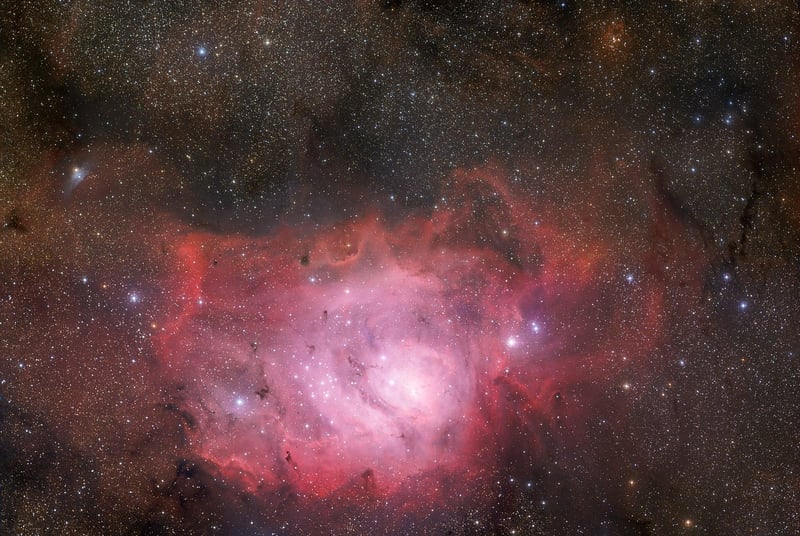Nebula Navigation
Navigate the Cosmos: A Beginner's Guide to Nebula Navigation
Are you fascinated by the mysteries of the cosmos and the beauty of nebulae? Navigating through the vast universe can be an awe-inspiring experience, especially when exploring the stunning formations of gas and dust clouds known as nebulae. In this guide, we will delve into the basics of nebula navigation and arm you with the knowledge to navigate the cosmos like a seasoned astronomer.
What are Nebulae?
Nebulae are massive clouds of gas and dust scattered throughout galaxies. They come in various shapes, sizes, and colors, making them some of the most visually captivating objects in space. Nebulae serve as stellar nurseries where new stars are born and play a crucial role in the lifecycle of galaxies.
Types of Nebulae
There are several types of nebulae, including:
- HII Regions: These are areas of ionized hydrogen gas and are often associated with young, massive stars.
- Planetary Nebulae: The glowing shells of gas ejected by aging stars like our Sun.
- Dark Nebulae: Dense clouds of gas and dust that obscure the light from objects behind them.
- Supernova Remnants: Nebulae formed from the remnants of massive star explosions.
How to Navigate Nebulae
Exploring nebulae requires the right tools and techniques. Here are some tips for navigating these stellar wonders:
- Telescopes: Invest in a good telescope with high magnification capabilities to observe nebulae in detail.
- Star Charts: Use star charts or astronomy apps to locate nebulae in the night sky based on their celestial coordinates.
- Dark Skies: Head to dark sky locations away from city lights for optimal viewing conditions.
- Patience: Nebulae can be faint and require time to adjust your eyes to see them clearly.
Explore the Beauty of Nebulae
Ready to embark on your journey through the cosmos and witness the mesmerizing beauty of nebulae up close? Grab your telescope, study the star maps, and prepare for an unforgettable celestial adventure!
Image Source: Milky Way Nebula

